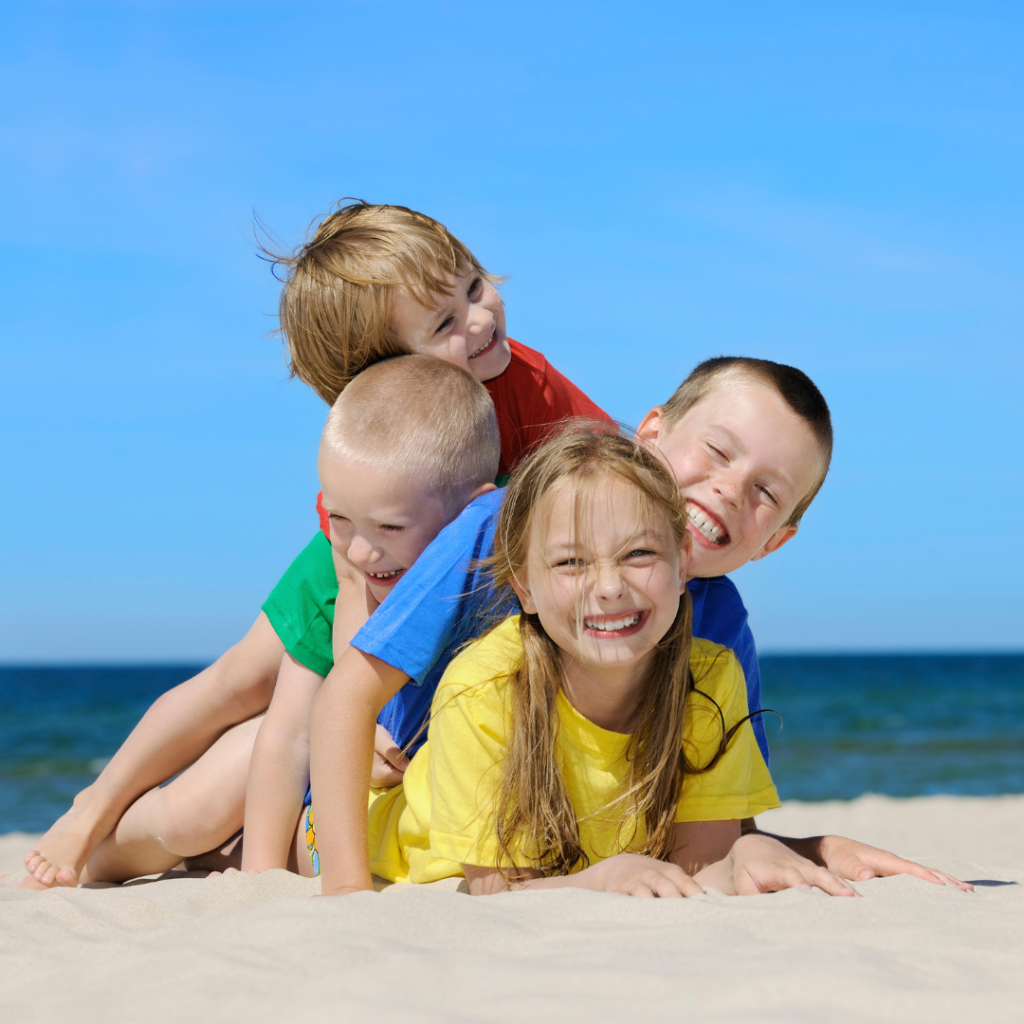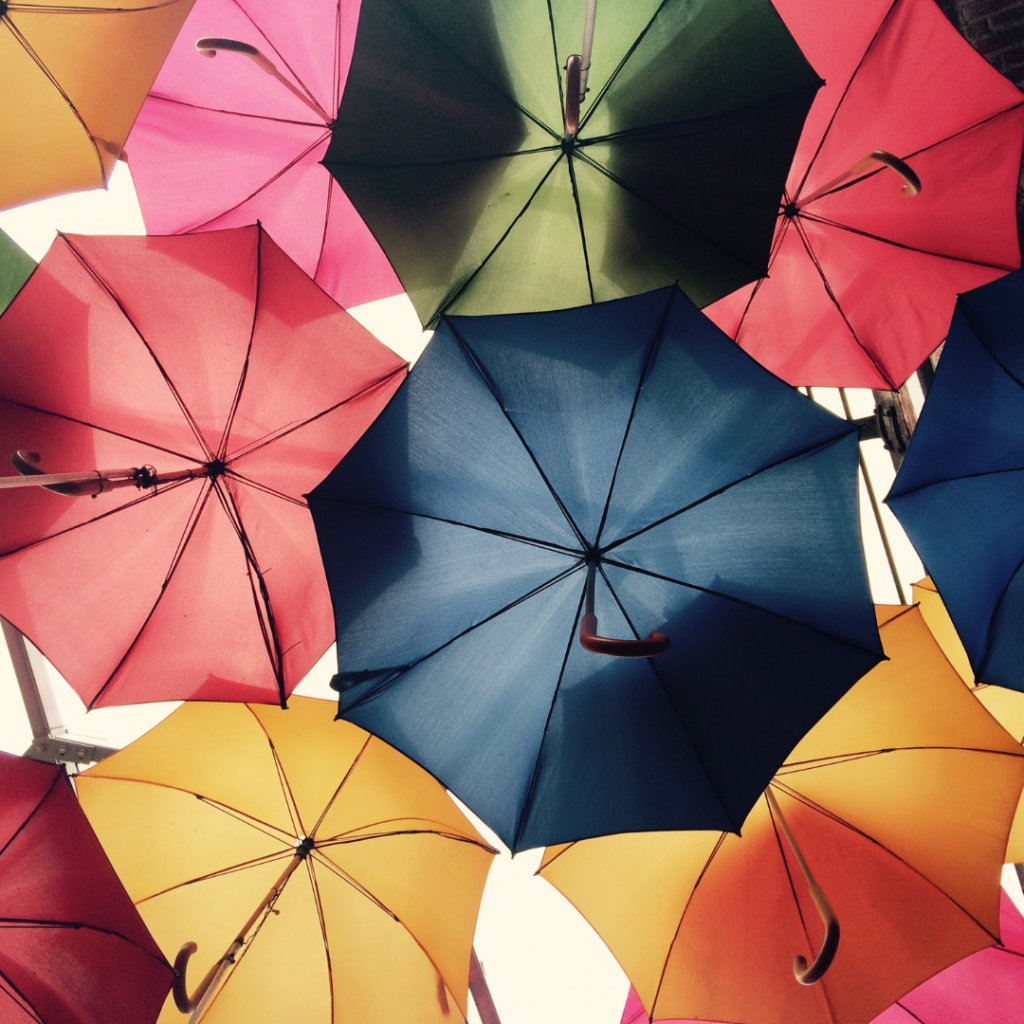By Registered Health Visitor – Julia Headland

Hopefully by the time you read this, the scorching days we have been having will cool down a little bit!
That said, I thought I would just remind us all about some basic sun care tips for yourselves and your little ones so that you can enjoy your time in the sun and prevent any short or long term damage.
Also, if you’ve always wondered what exactly does SPF15 mean or is it better to wear SPF50 rather than SPF15 or 30, then hopefully all will be explained in simple terms!
UVB and UVA Rays
There are 2 types of ultraviolet radiation emitted from the sun: UVB and UVA.
UVB is responsible for the obvious damage such as sunburn, wrinkling of the skin and can contribute to skin cancer.
UVA reaches deeper levels of the skin and are even said to exacerbate the carcinogenic effects of UVB rays as well as causing skin cancer themselves.
Sun Protection Factor (SPF)
One of the best and recommended things you can do to limit sun damage is to apply a sun cream with an SPF.
SPF is a measure of how well a sun cream can protect your skin from UVB rays, the kind of radiation that can cause sunburn, damages skin and can contribute to skin cancer.
A simple explanation to understand SPF is if it takes 20 minutes for your unprotected skin to turn red in the sun, then using SPF 15 will theoretically prevent reddening 15 times longer (ie, 5 hours). A higher SPF won’t offer superior sun protection, it just gives you longer before you are at risk of burning. Even if you are wearing a SPF 100, you can’t put it on in the morning and forget about it, you would still need to reapply it at the minimum 2 hourly.
Please note that no sunscreen should be expected to stay on longer and be effective longer than 2 hours without reapplication. Reapply sun cream liberally and often throughout the day.
Children and Sun Safety There has been much focus on the effects of exposing our children to too much sun and how it will increase the risk of skin cancer. The NHS (2017) has listed a few suggestions to try and minimise the risk of sun exposure to children and babies.
- Keep skin protected from March through to October
- Play in the shade between 11am and 3pm
- Keep babies 6 months and younger out of direct sunlight
- Use suncream even on cloudy days-SPF 15 or above
- Cover any exposed skin such as nose, ears cheeks and tops of the feet.
- Wear a floppy hat or a wide brim hat. Don’t forget to apply the back of the neck and shoulders.
- Protect your child’s eyes by wearing sunglasses that meet the *British Standard (BSEN 1836:2005) and carry the “CE” mark on them.
- Use a waterproof sunblock if your child is swimming and reapply often. Also, remember to keep drinking plenty of fluids because apart from sunburn and heatstroke, dehydration is a common problem with children and babies.
Signs of dehydration to look out for in babies and young children:
- sunken fontanelle
- dark pee or lack of pee in nappy
- few or no tears
- drowsiness
- fast breathing
- dry mouth
- cold and blotchy looking hands and feet

One of the things that I see quite a bit during the hot weather is parents putting a cloth/blanket/muslin cloth over their child’s pram thinking that they are protecting their children from the heat.
What they are in fact doing is increasing the heat in this small area and this can be fatal as it raises the risk of the child overheating and may increase the risk of Sudden Infant Death Syndrome (SIDS).
Instead, it is much safer and more beneficial to use a clip on parasol to block out the sun’s rays and of course, try not to go out at the heat of the day.
———End———
For those people I have not yet met, my name is Julia Headland and I am a registered health visitor and registered general nurse with a degree in public health and over 20 years of experience. I am very pleased to work alongside the Norfolk House Nursery team.
You can arrange to meet me for confidential advice or guidance about your child’s health or development; during the pandemic these consultations are being conducted by Zoom or telephone.
My consultations are free of charge and they are confidential.
You can book an appointment with me via the Norfolk House Nursery staff.
You can also follow me on social media:
Facebook: @JuliaHeadlandPrivateHealthVisitor
Instagram: jh_privatehealthvisitor
